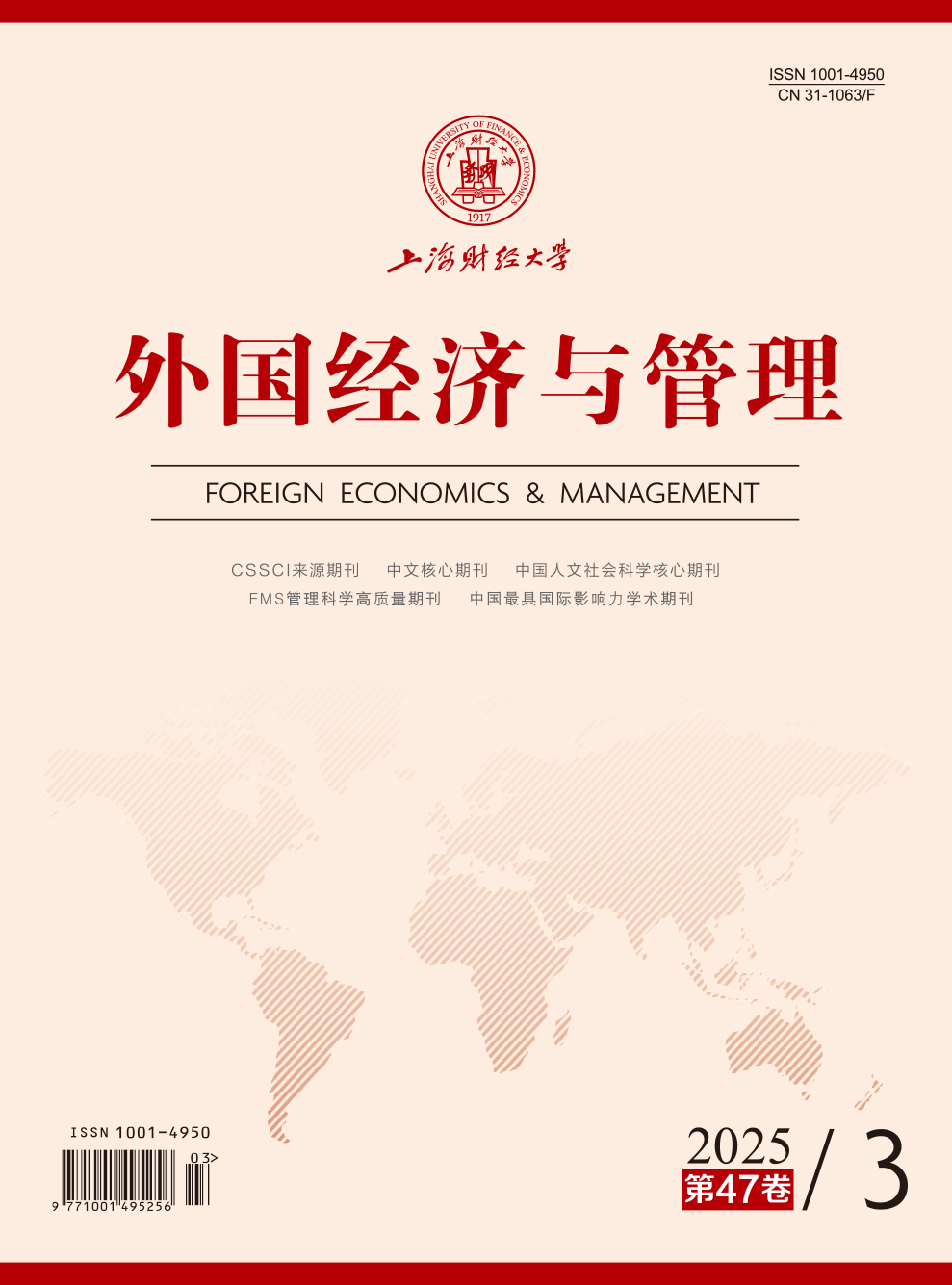Shared Mental Model(SMM)has long been considered as an effective predictor of firms’ innovative team performance. Indeed, firms(especially innovative teams)have to confront frequent balancing problems between flexible creation and routine refinement under dynamic business environment today. Innovative teams may lose their way or being self-isolated when they are simply holding breakthrough-oriented or efficiency-oriented SMM. Hence an SMM which is supportive for team cognitive transformation is imperatively required. Current literature, however, has suggested different SMM mechanisms and is still arguing about the construct of SMM, which leads to occasional contradictions in empirical studies, and further exploration of SMM in ambidextrous innovation is hindered. In respond to the above questions, the author adopts document comparison and theoretical deductive methods, and tries to launch a new sharing mechanism for the team mental model in an ambidextrous innovative situation. In total, this study can be divided into four sections, including the connotation of SMM, its sharing paradoxes, sharing mechanisms and sharing process. In the first section, based on mental model theories and organizational learning theories, the author suggests that SMM contains a double-level construct in its origin: an abstract level presented as an ambidextrous mental model(consisting of self-efficacy, belief in reciprocity and paradoxical innovative thinking)and a specific level presented as a knowledge mental model(consisting of task knowledge, technical knowledge and interactive knowledge). In the second section, based on the double-level construct, the author further claims that five sets of SMM paradoxes may occur in ambidextrous innovative teams, and these paradoxes may lead to breakthrough-oriented or efficiency-oriented SMMs. In the third section, based on previous theoretical contributions, the author separately analyzes the operation logic and drawbacks of traditional sharing mechanisms for SMM, and then proposes a brand-new mechanism, named selective coupling, for SMM under the ambidextrous innovation context. Then the author demonstrates two sets of element combination in such a mechanism:(a)shared ambidextrous mental model to be fit with free interactions, complementary tasks and homogeneous knowledge model;(b)shared ambidextrous mental model to be fit with formalized interactions, similar tasks and heterogeneous knowledge model. In the fourth section, the author deducts a mental sharing process of team members for the selective coupling mechanism, which expresses as a " perception–processing – internalization–adjustment–interaction” cyclical process. Additionally, the author proposes both a catalyst(ambidextrous mental model)and a lubricant(transitional mental model)for accelerating this process. This article has significant theoretical and practical implications. From the theoretical perspective, the article completes the theoretical construction of contextual ambidexterity from a mental model perspective, and refines the connotation of SMM by proposing a double-level construct. From the practical perspective, the article provides a guiding framework for developing SMM in ambidextrous organizations.
 / Journals / Foreign Economics & Management
/ Journals / Foreign Economics & ManagementForeign Economics & Management
JIN Yuying, Editor-in-Chief
ZhengChunrong, Vice Executive Editor-in-Chief
YinHuifang HeXiaogang LiuJianguo, Vice Editor-in-Chief
Shared Mental Model in Ambidextrous Innovative Teams: Paradoxes, Mechanisms and Process
Foreign Economics & Management Vol. 41, Issue 07, pp. 58 - 71 (2019) DOI:10.16538/j.cnki.fem.2019.07.004
Summary
References
Summary
Cite this article
Xiong Li. Shared Mental Model in Ambidextrous Innovative Teams: Paradoxes, Mechanisms and Process[J]. Foreign Economics & Management, 2019, 41(7): 58-71.
Export Citations as:
For




 12317
12317  7796
7796

